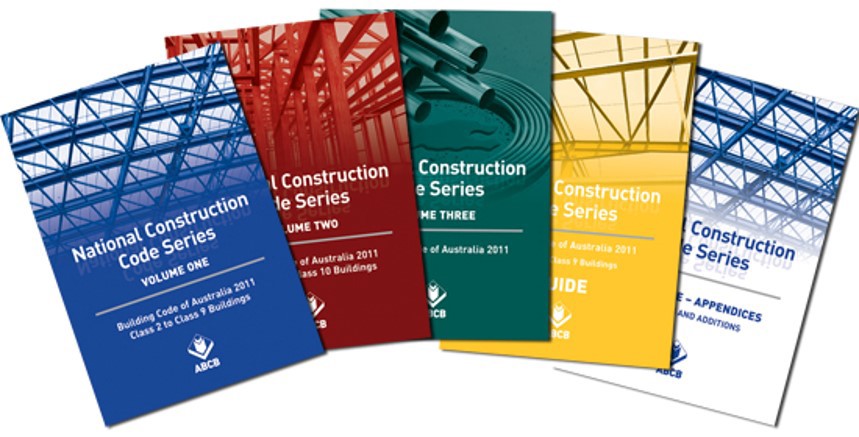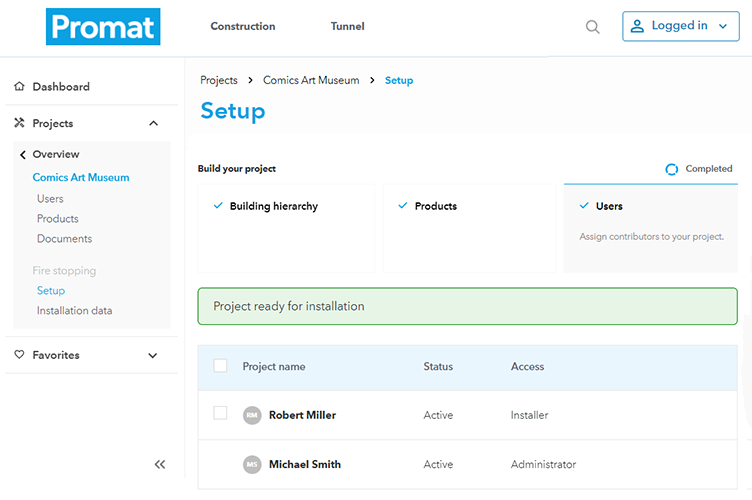
The term FRL is short for Fire Resistance Level and comes directly from the National Construction Code. It is defined as a grading period in minutes determined in accordance with Schedule 5 for the following criteria. Structural Adequacy, Integrity and Insulation.
In simple terms, if there is a fire, the building code sets out how long a particular building element will:
(a) stay up (Structural Adequacy)
(b) not let any fire or hot gasses through (Integrity) and
(c) stop heat from passing through (Insulation).
Each of these criteria is measured during a fire test and the failure criteria are set out in the fire test standard AS1530.4.

- For structural adequacy the failure criteria is that specimen falls down or it deflects by a more than certain amount or by greater than a certain rate. The specific amounts vary depending on whether the element is loaded axially or laterally

- For integrity, the criteria are, that no openings or gaps form that flame or hot gasses can escape through, this is measured in a number of ways. The first is the use of a cotton pad which is placed on to the crack or opening for up to 30 seconds to see if it will ignite. If the pad glows or flames then a failure has occured. For certain application such as uninsulated walls, gap gauges are used. These are metal probes which can be pushed into the gaps, if the gauge can either go in or move a certain distance in the opening then it is deemed to have failed that criteria. The third mode of failure is the observation of flame on the non-fire side for a period of greater than 10 seconds.

- The insulation criteria is a measurement of temperature. Thermocouples which measure temperature are placed in certain locations on the specimen, these locations vary depending on what is being tested. The failure criteria can be one of two ways:
1) The average temperature rise of certain thermocouples exceeds 140oK
(2) Any individual thermocouple exceeds a temperature rise of 180oK.
For penetration seals only the 180oK rise is used, while for barriers such as walls and ceilings both are required.

All these criteria are measured against the number of minutes a tests runs before they exceed the failure criteria. The number of minutes is then rounded down to the nearest segment of minutes for FRL’s that are set out by the building code. This could be anything from 15 to 240 minutes. As an example, a loadbearing wall system that achieves 126 mins of structural adequacy, 126 mins of integrity and 119 mins of insulation would achieve an FRL of 120/120/90. So even though it was only 1 minute short of 120 minutes of insulation the rating achieved is only classified as 90 minutes for the purposes of an FRL.
The FRL needed for a particular element is set out by the NCC. The class and type of construction and the type of building element is used to determine what FRL is required. As an example, a wall between apartments in a 4-storey apartment building will require an FRL of 90/90/90 if it is loadbearing or -/60/60 if it is not.
This FRL of the element will also determine the FRL required for any service penetrations in that element. In this example the service penetrations would be required to achieve either -/90/90 or -/60/60 as the structural adequacy is not required for penetration seals.



